“Kishigawa Line” is a local railway connecting Wakayama City and Kinokawa City in Wakayama Prefecture.
It’s known not just as a means of transportation but also as a popular tourist attraction.
This line gained nationwide fame thanks to Stationmaster Tama, attracting numerous visitors.
Here, we delve into the history, current operations, and unique features of the Kishigawa Line.
Overview of the Kishigawa Line

The journey starts from platform 9 at JR Wakayama Station and takes about 30 minutes through serene rural landscapes, covering a distance of 14.3 km to the final stop at Kishi Station.
Along the route, you can find three significant shrines: Nichizengu (Hinokuma Shrine and Kunikakasu Shrine), Kamayama Shrine, and Itakiso Shrine.
The line was originally established to facilitate visits to these shrines, known as the “three-shrine pilgrimage.”
Changes in Operating Companies
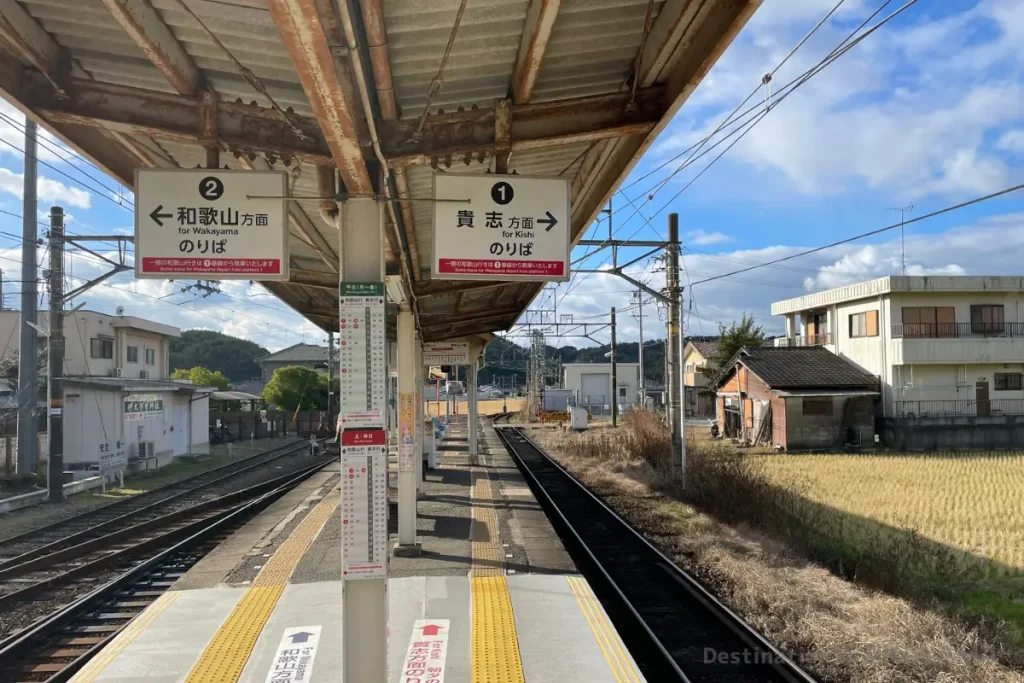
Kishigawa Line opened in 1916 as the Sando Light Railway, was renamed Wakayama Railway in 1931, became Wakayama Electric Tramway in 1943, and finally, Nankai Electric Railway Kishigawa Line in 1961.
However, declining ridership and financial troubles brought it to the brink of closure. Despite Nankai Electric Railway’s withdrawal announcement,
Wakayama Electric Railway took over in 2006, revitalizing the line with operations that highlighted local characteristics. This transition breathed new life into the Kishigawa Line.
Current Operations
Today, the Kishigawa Line runs a 14.3 km route from Wakayama Station to Kishi Station, with trains operating approximately every 30 minutes during the day.
It’s used by commuters and tourists alike. There are only three staffed stations: Wakayama, Itakiso, and Kishi, each featuring decor and amenities that reflect the local culture, delighting visitors.
Kishigawa Line Stations and Timetable
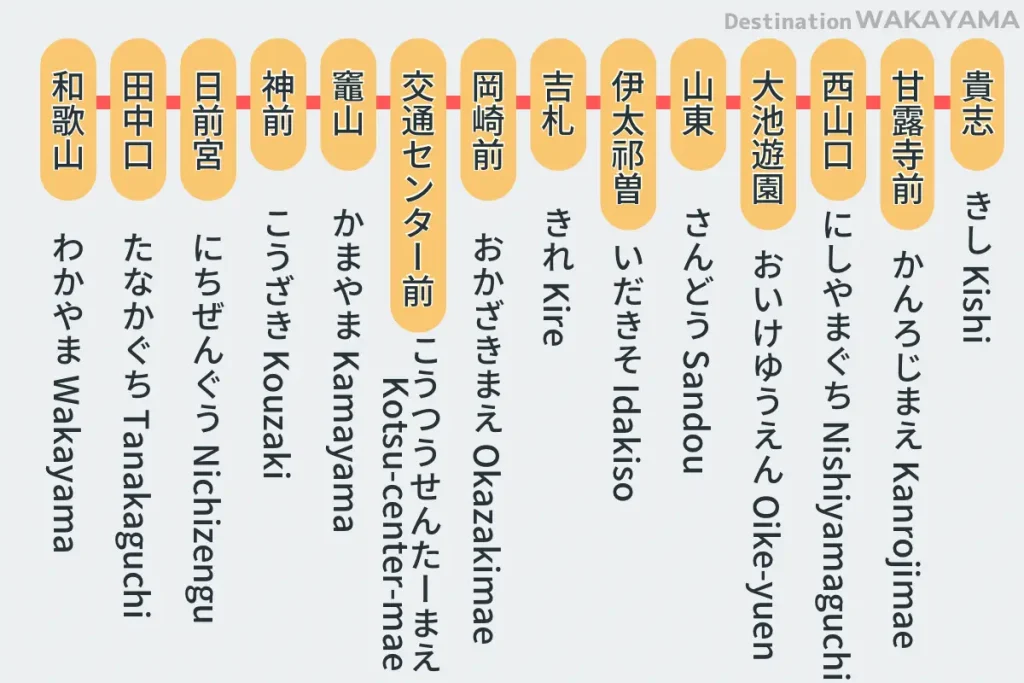
For the latest timetable, please refer to the Kishigawa Line’s official website.
Kishigawa Line Fares
Fares range from 190 yen to 410 yen depending on the distance traveled (100 yen to 210 yen for children).
If you plan to ride multiple times a day, a “1-day ticket” is convenient. For example, a round trip on the 410 yen section (e.g., Wakayama to Nishiyamaguchi, Kanroji, Kishi) is a good deal.
Price and purchase location of one-day pass
- Fares
-
- Adult:800yen
- Child:400yen
- Where to buy
-
- Wakayama station platform 9.
- Idakiso station
- Kishi station Tama cafe/Tama shop
- Wakayama Bus JR Wakayama Station Commuter Pass Sales Office
About Stationmaster Tama

Stationmaster Tama is an iconic figure of the Kishigawa Line, beloved for her cuteness, which drew many tourists.
Let’s explore the history and impact of Stationmaster Tama from her inception to the present day.
The Birth and Role of Stationmaster Tama
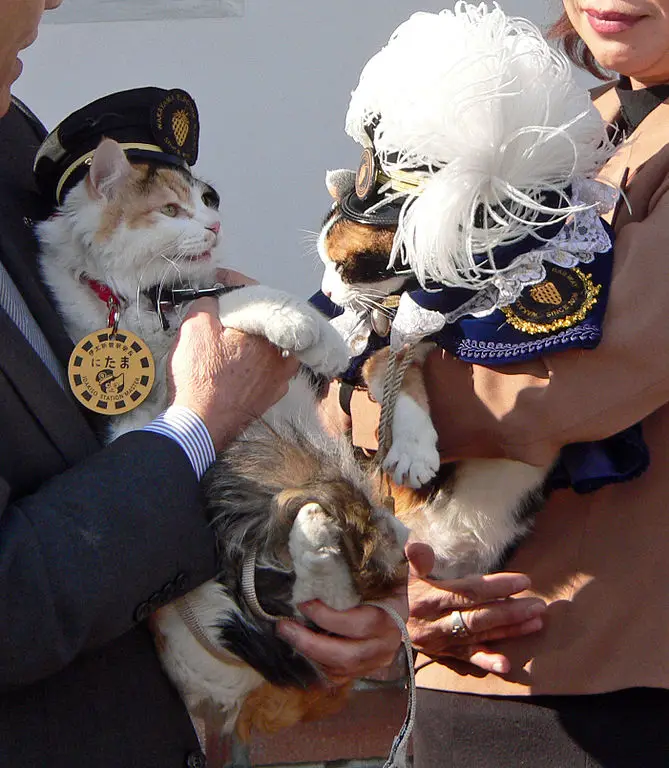
Quoted from Wikipedia
Tama, a cat, was appointed as the stationmaster of Kishi Station in 2007, quickly gaining nationwide attention for her adorable appearance.
The idea behind her appointment was to revitalize the area by designating Tama, a cat kept at the station store, as the stationmaster.
This innovative idea was hugely successful, making the Kishigawa Line famous throughout Japan.
Duties and Daily Life of Stationmaster Tama
Tama’s main duty was to greet visitors at the station. Her popularity soared, with tourists lining up to interact and take photos with her.
Tama’s influence extended beyond being just a mascot; she had a significant economic impact on the region.
Stationmaster Tama’s Influence and Achievements
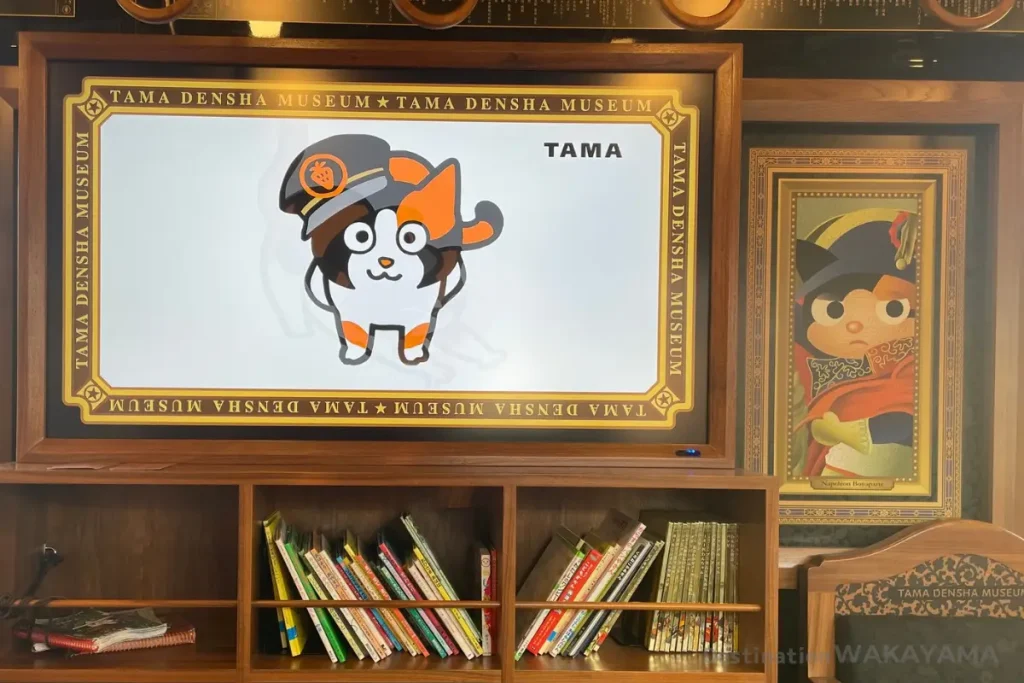
Impact on Tourism
Thanks to Tama, over 300,000 tourists visit the Kishigawa Line annually, boosting the local economy and revitalizing the tourism industry. Visitors often patronize local restaurants and accommodations, stimulating economic activity in the area.
Contributions to Regional Revitalization
Tama’s success greatly contributed to regional revitalization. Local shops and tourist spots capitalized on her popularity, enhancing sales of specialty products and souvenirs. Stationmaster-themed goods and events particularly drew crowds, significantly benefiting the local economy.
Successors to Stationmaster Tama
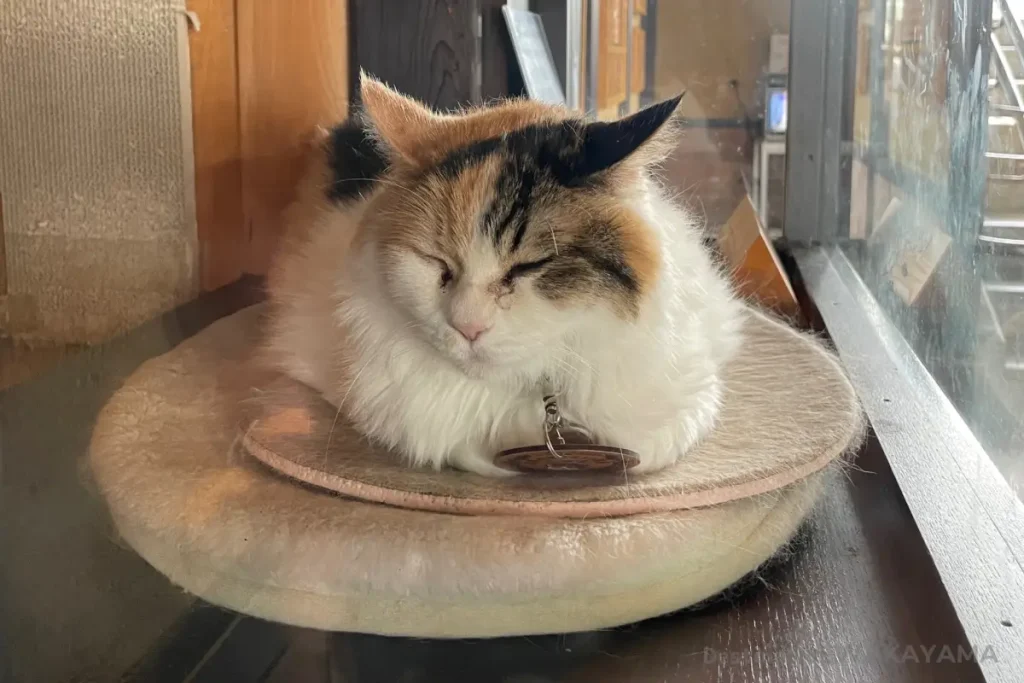
After Tama retired, Nitama succeeded her as the second stationmaster, continuing to attract tourists with her charm. Now,
Yontama, the third stationmaster, continues this tradition and welcomes visitors.
Current Activities of the Stationmasters
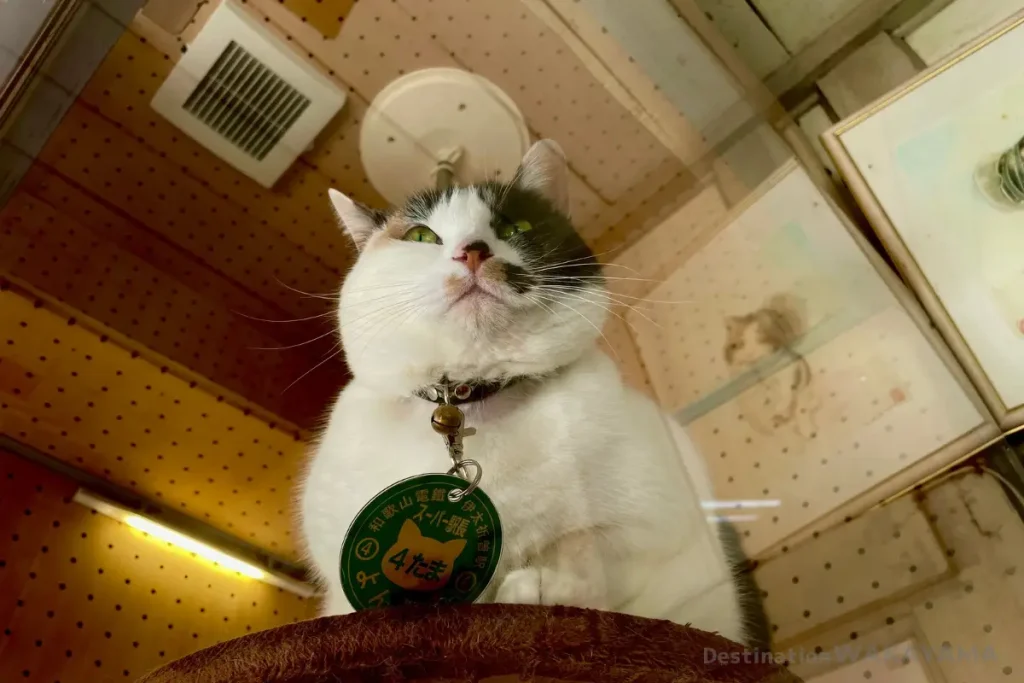
Currently, Nitama is the symbol of Kishi Station, while Yontama represents Itakiso Station. On Nitama’s days off, Yontama covers at Kishi Station.
These stationmasters cherish interactions with tourists and continually promote the area’s charm. The station also features exhibits on Tama’s history, showcasing the appeal of the Kishigawa Line.
| Stationmaster’s working days | ||
|---|---|---|
| Nitama | Yontama | |
| Mon. | Kishi | off |
| Tue. | Kishi | Idakiso |
| Wed. | off | Kishi |
| Thu. | off | Kishi |
| Fri. | Kishi | off |
| Sat. | Kishi | Idakiso |
| Sun. | Kishi | Idakiso |
Characteristics of trains that run on the Kishigawa Line
The Kishigawa Line boasts several uniquely designed trains, which are a major attraction for tourists.
Let’s explore the features and amenities of these trains.
Tama Train
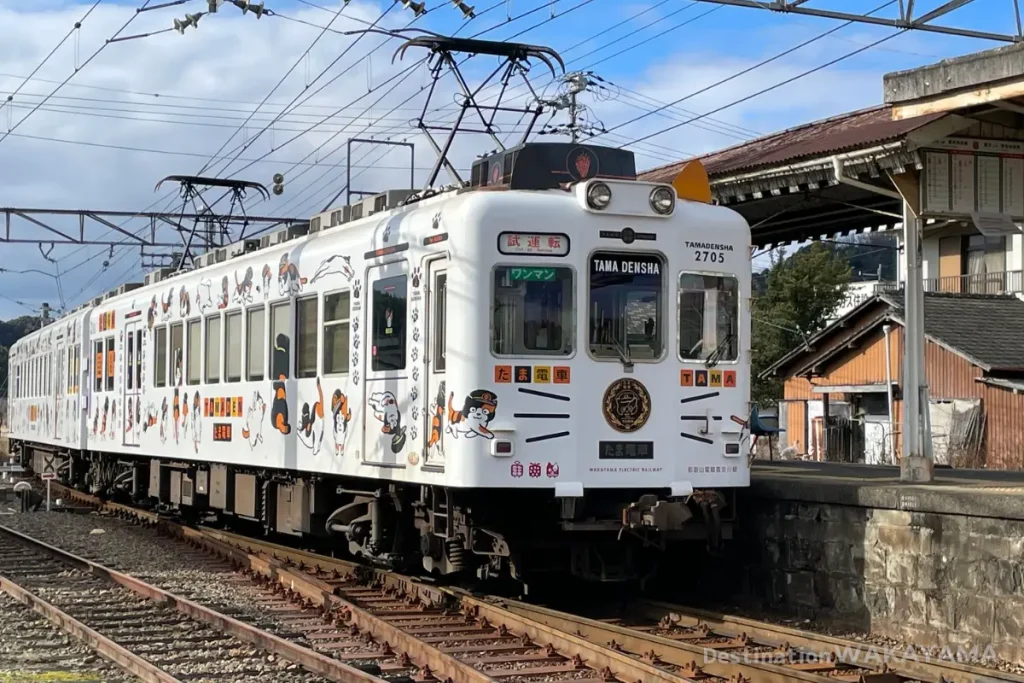
The “Tama Train” is a charming train themed around Stationmaster Tama. Its exterior features illustrations of Tama, and the interior is decorated with cat motifs.
Passengers can enjoy designs of Tama’s footprints and face, creating the feeling of traveling with Tama.
Strawberry Train
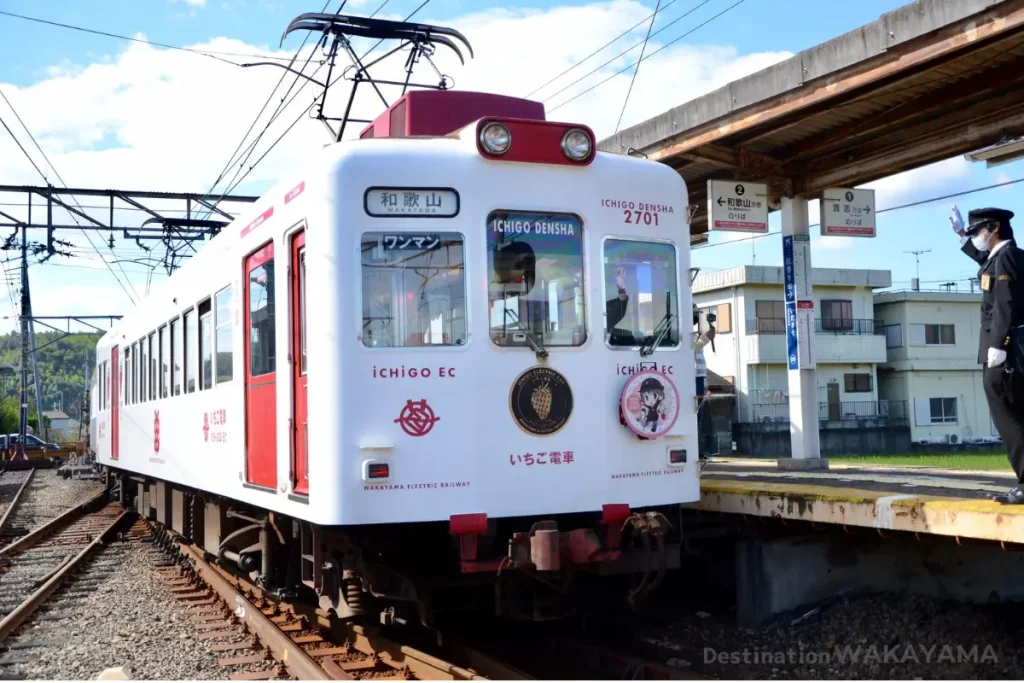
The “Strawberry Train,” themed around Wakayama’s famous strawberries, is designed in white and red.
The interior is decorated with strawberry motifs, creating an ambiance as if the train is filled with the scent of strawberries, highlighting Wakayama’s specialties.
Umeboshi Train
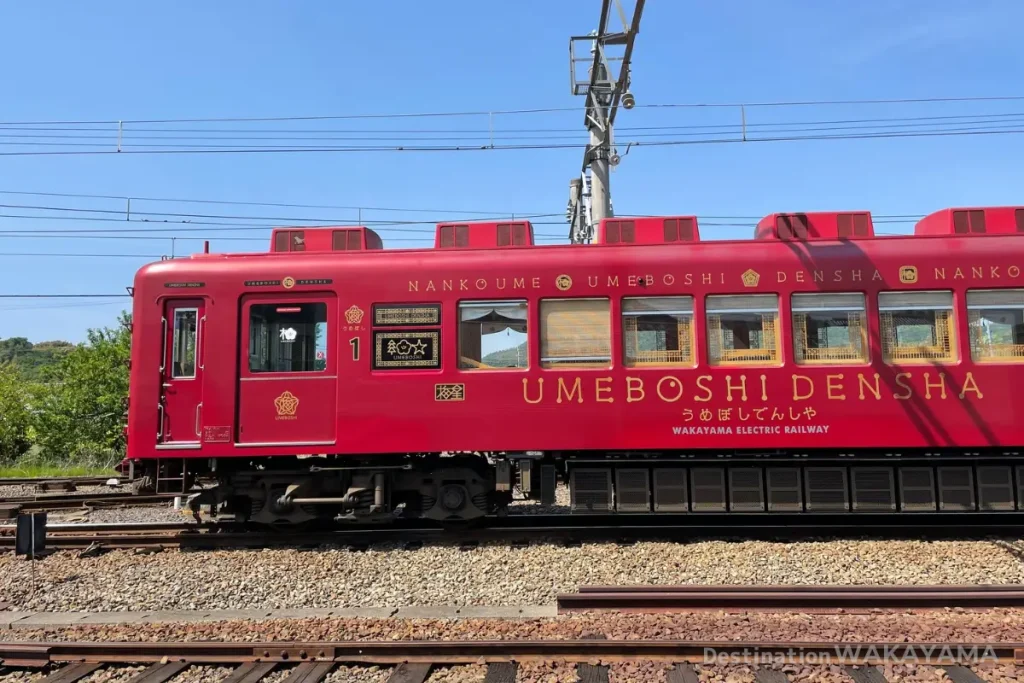
The “Umeboshi Train” is themed around Wakayama’s plum blossoms. The exterior and interior are adorned with plum blossom motifs, allowing passengers to experience Wakayama’s culture and nature.
Chuggington Train
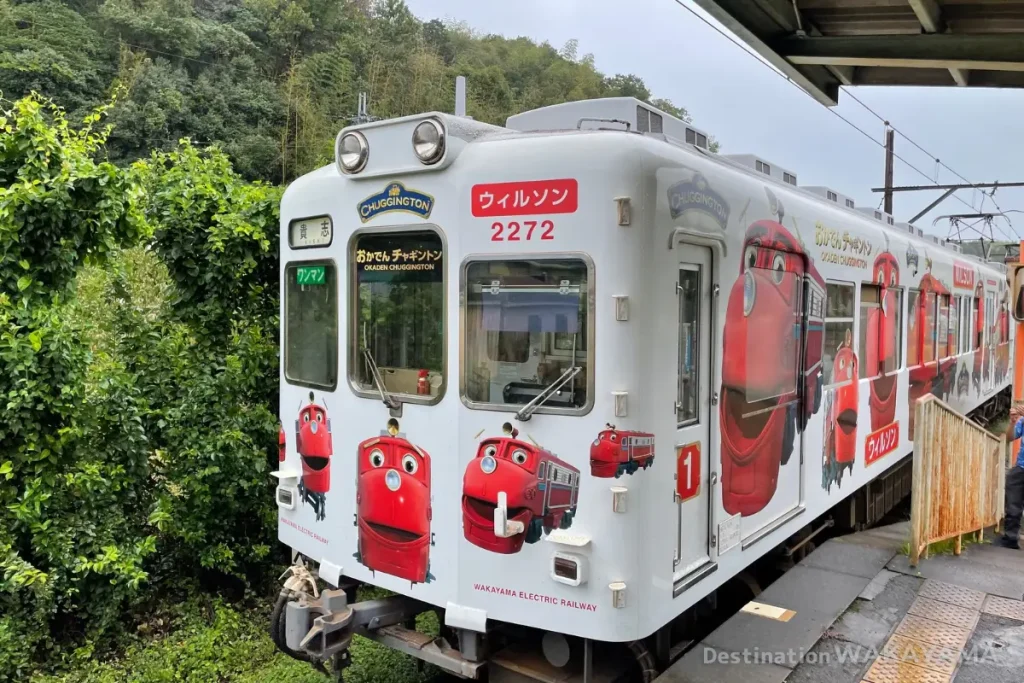
The “Chuggington Train,” a collaboration with the popular children’s anime Chuggington, features characters Wilson and Bluestar. Inside, the train’s world comes to life, offering an unforgettable experience for families with children.
Tama Train Museum
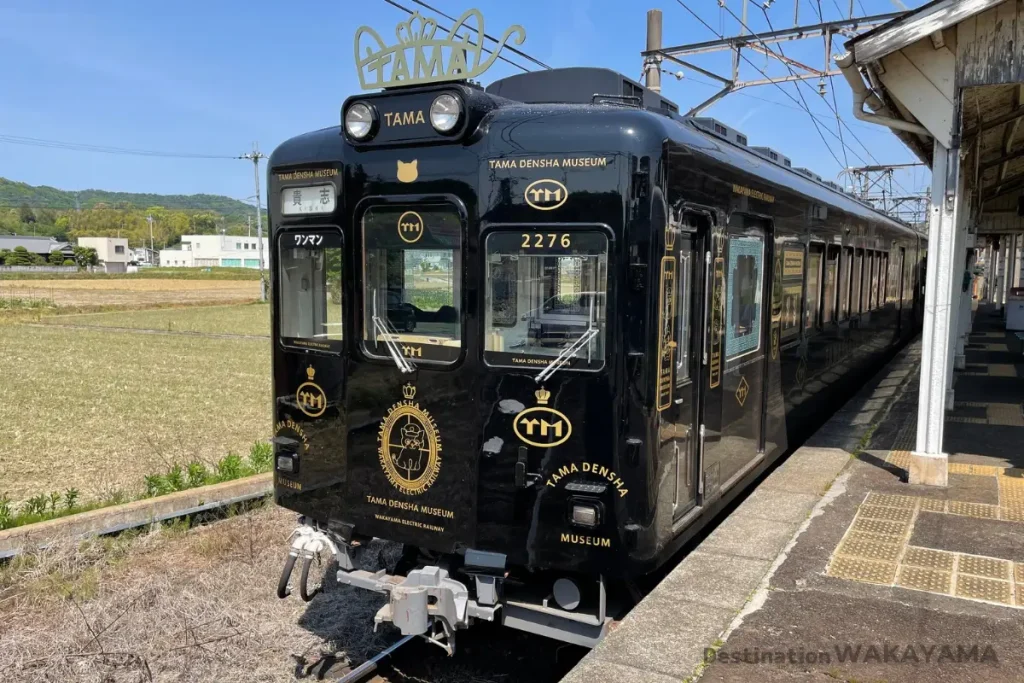
The “Tama Train Museum” is a special train that showcases the history and achievements of the first stationmaster, Tama. Inside, passengers can enjoy exhibits and photos detailing Tama’s story, enhancing their journey on the Kishigawa Line.
Recommended Spots Along the Line
I will also introduce some must-see tourist spots on your trip on the Kishigawa Line.
Shrines (Visiting Three Saigoku Shrines)
Along the Kishigawa Line, you can visit three significant shrines, known as Saigoku Sansha Mairi. The line was originally established to facilitate visits to these shrines, each rich in history and tradition.
Itakiso Shrine
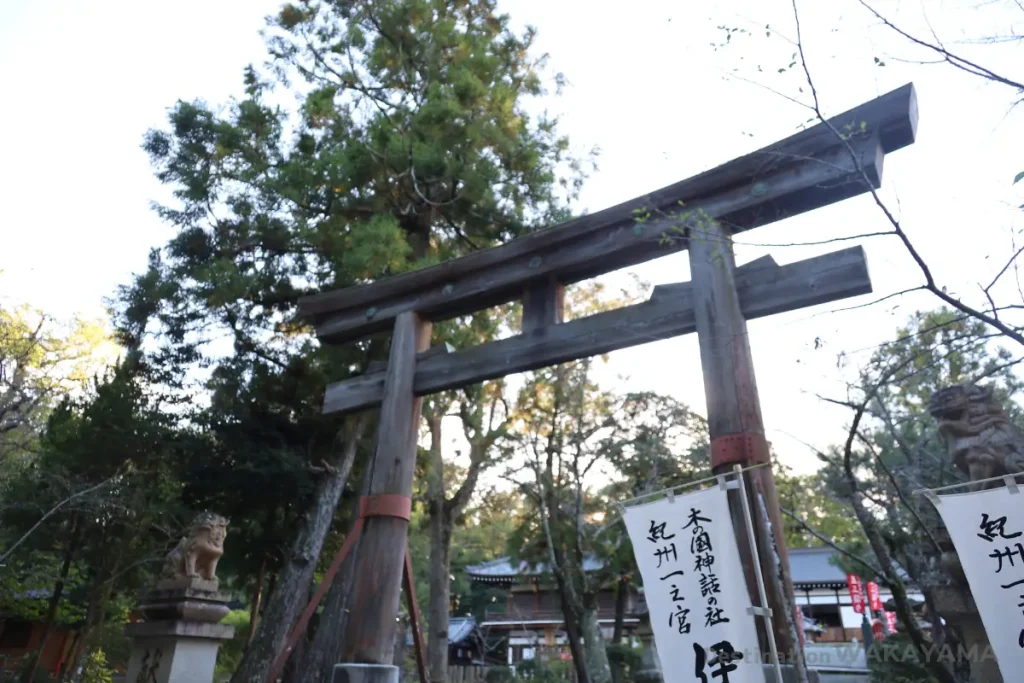
Itakiso Shrine, the first shrine of Kii Province, enshrines “Itakeru no Mikoto”, who is revered as the “God of Trees” for planting trees across Japan.
- Nearest station
-
Idakiso station
- Access
-
About 5 minutes walk from Itakiso Station
Nichizengu(Hinokuma Jingu Shrine・Kunikakasu Jingu Shrine)
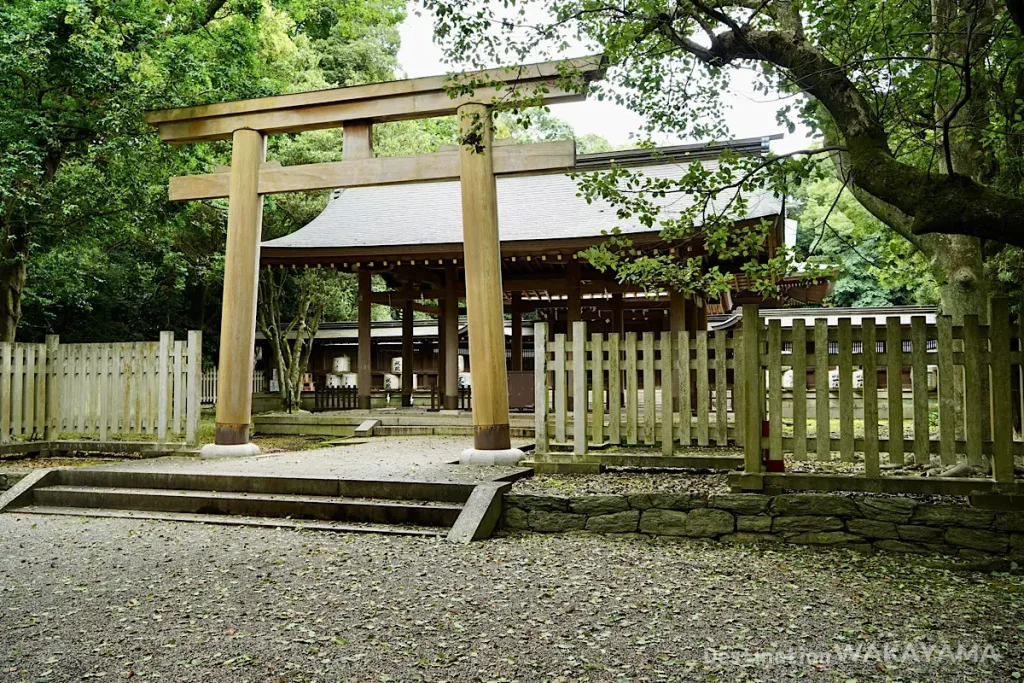
“Nichizengu”, the Ichinomiya shrine of Kii Province, enshrines “Amaterasu Omikami”. It has two shrines within the same precincts, Hinokuma Jingu Shrine and Kunikakasu Jingu Shrine, collectively known as Nichizengu Shrine. Hinokuma Jingu shrine is known for blessings in matchmaking and marriage.
- Nearest station
-
Nichizengu station
- アクセス
-
About 5 minutes walk from Nichizengu Station
Kamayama Shrine
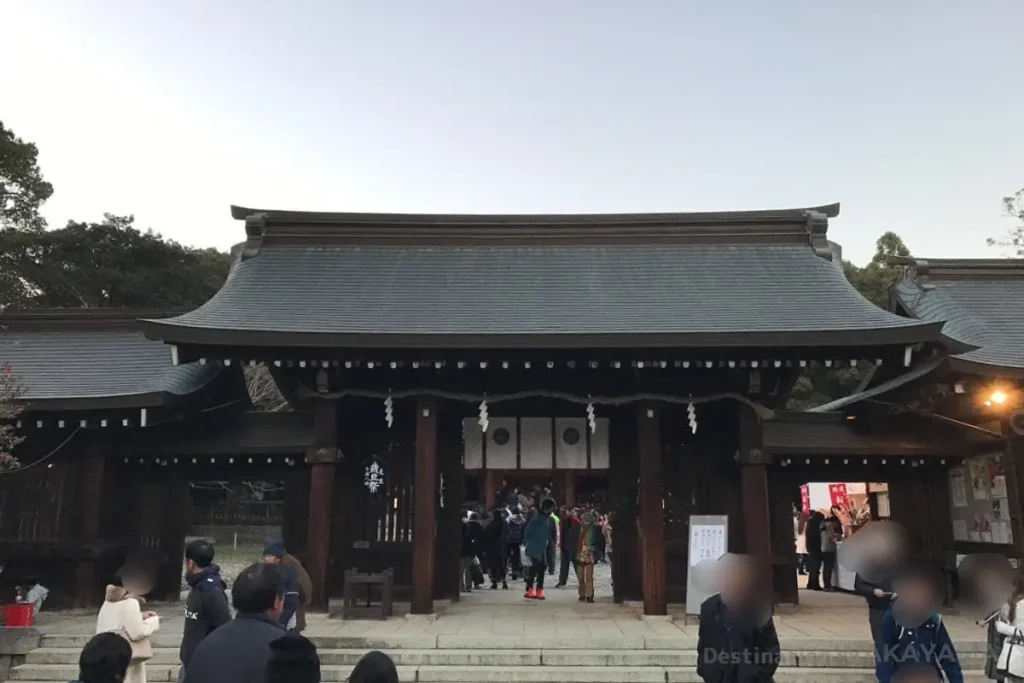
Kamayama Shrine enshrines “Hikogose no Mikoto”, the eldest brother of Emperor Jimmu. The shrine’s blessings include rich harvests, marriage, and safe childbirth.
- Nearest station
-
Kamayama station
- アクセス
-
About 15 minutes walk from Kamayama Station
Roadside Station “Shiki no Sato FOOD HUNTER PARK”
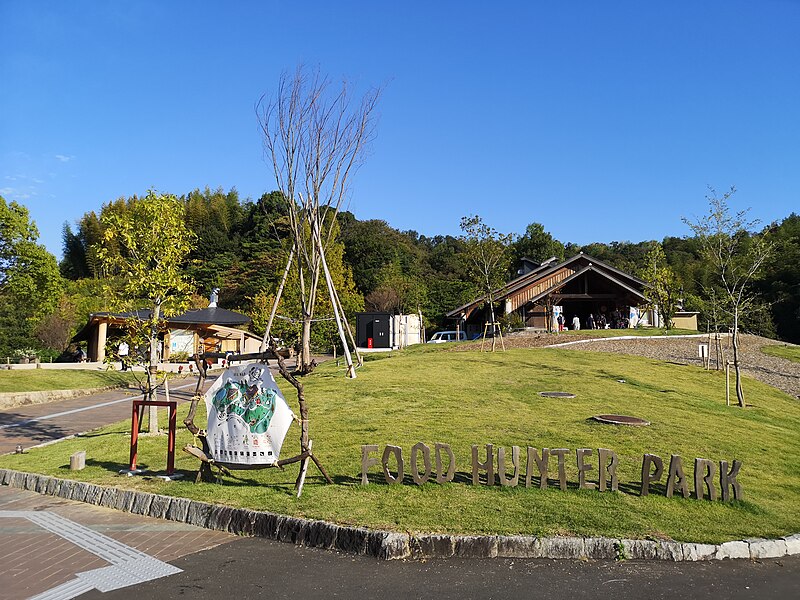
“.Shiki no Sato FOOD HUNTER PARK” is the only roadside station in Wakayama City where you can enjoy fresh local ingredients. The park features a farmers market and restaurant offering seasonal flavors of Wakayama. It’s a perfect spot for families, with barbecue facilities, a giant tomahawk steak, walking trails, and playground equipment. Numerous events are held, especially on weekends.
- Nearest station
-
Idakiso station
- アクセス
-
About 10 minutes by rental bicycle from Itakiso Station

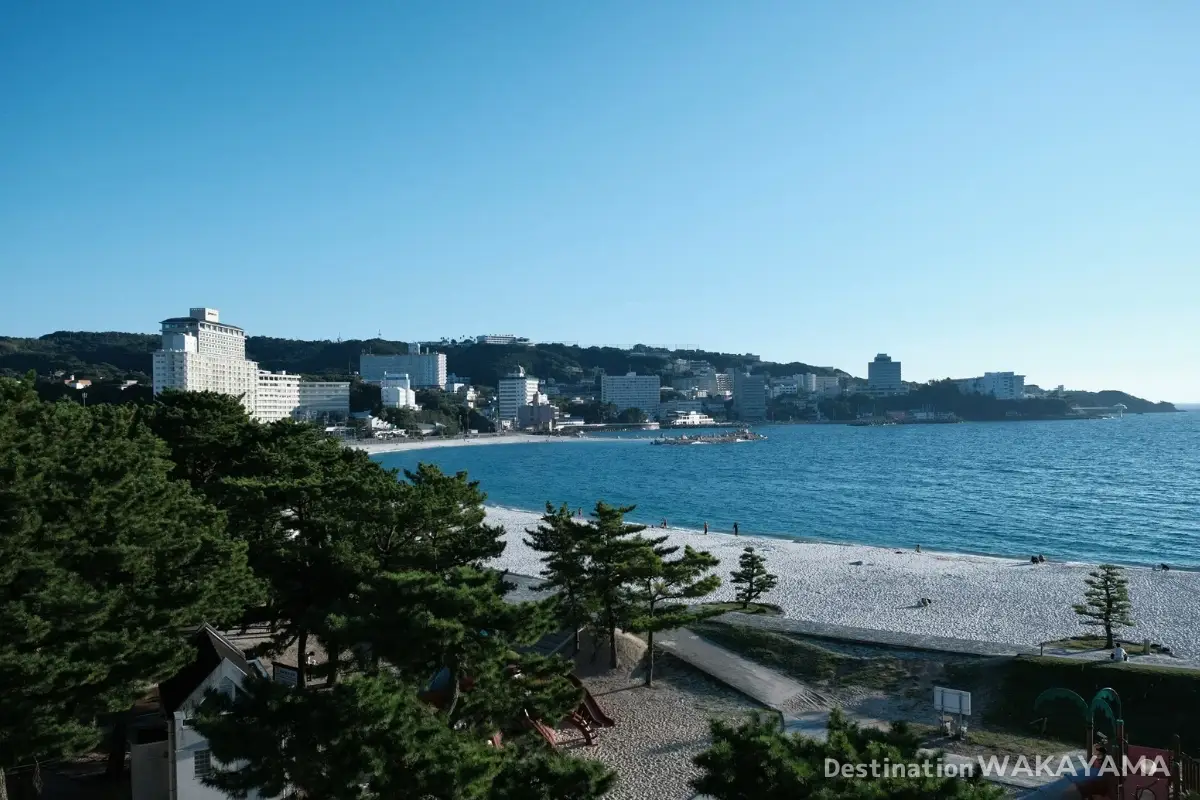
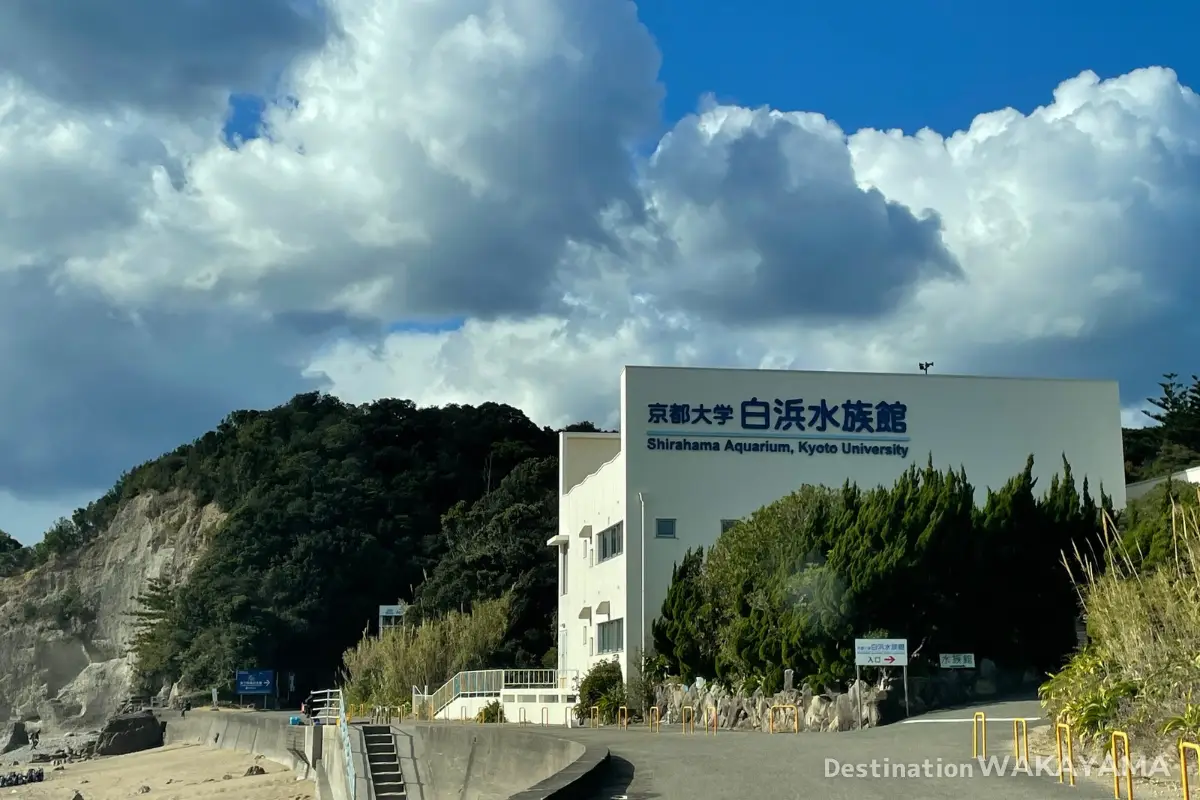

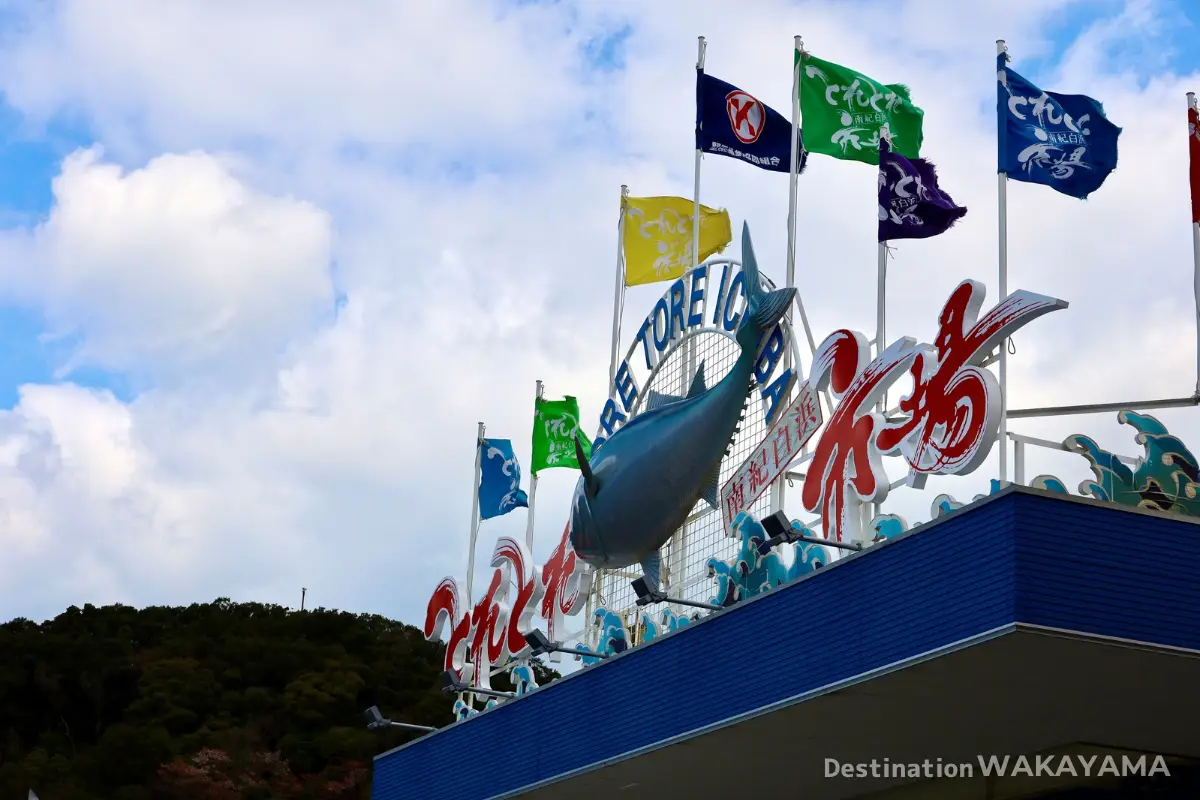


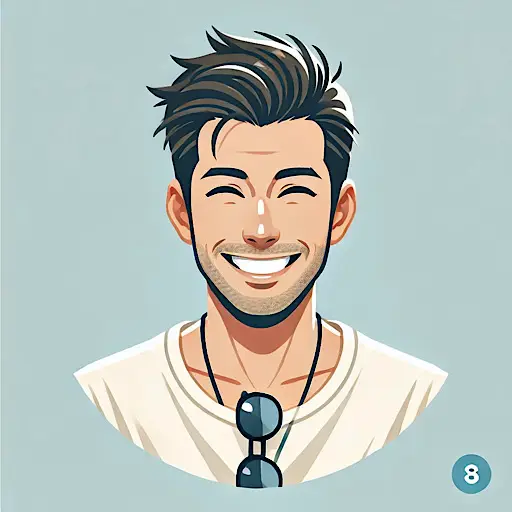

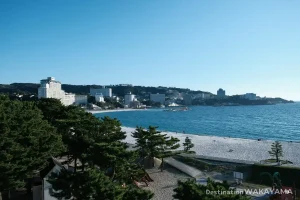

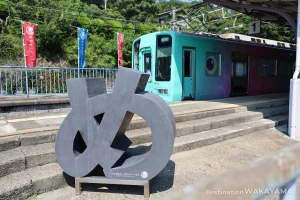
Comments